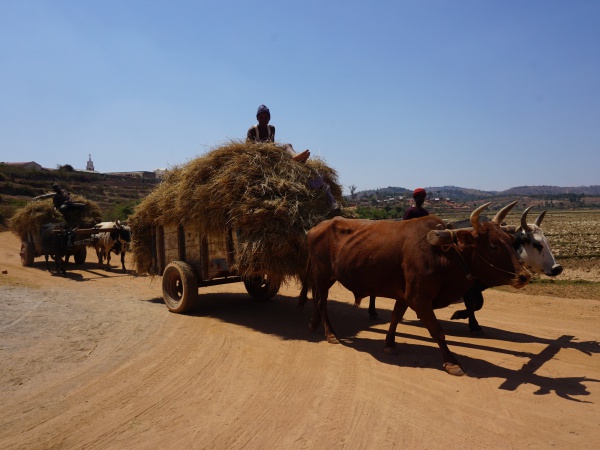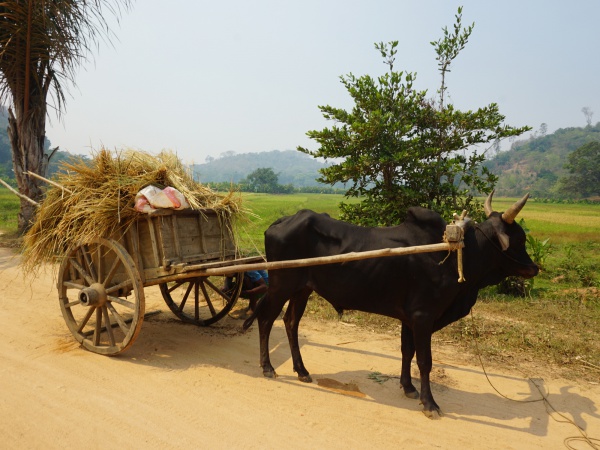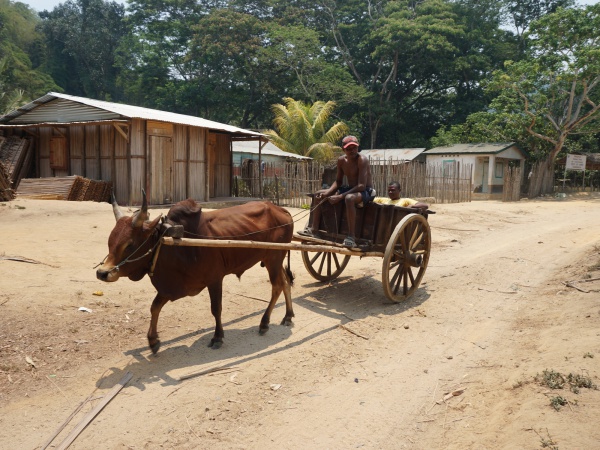Difference between revisions of "Zebu cart"
CampMaster (talk | contribs) |
CampMaster (talk | contribs) |
||
| Line 9: | Line 9: | ||
The carts, or charettes as they are known, remain as practical relevant as they were hundreds of years ago and is an indispensable way of transport for farmers in distributing their seasonal crops from farm to markets. | The carts, or charettes as they are known, remain as practical relevant as they were hundreds of years ago and is an indispensable way of transport for farmers in distributing their seasonal crops from farm to markets. | ||
| − | The tradition of innumerable eco-friendly carts keep cars and air-pollution to a minimum. | + | The tradition of these innumerable eco-friendly carts help keep cars and air-pollution to a minimum. |
[[File:Zebu cart 003.jpg|600px]] | [[File:Zebu cart 003.jpg|600px]] | ||
Revision as of 15:27, 17 August 2024
It's dawn at the Sambirano crossing and there is a bit of a traffic jam, not caused by motor vehicles but by ox-powered carts delivering fresh crops from the countryside to the central marketplace.
Zebu carts are common sights in and around Ambanja, the region, and across much of the big island of Madagascar.
Dozens of workshops in Ambanja assemble innumerable zebu carts. One typical workshop in the town centre, run by Mr Theodore, employ six skilled wood workers who build about 50 carts per year, all manually crafted without electrified power tools. The design and model is always the same: A simple two-wheeler which easily attach to one or more zebus. A cart takes about one week to make and costs 1,800,000 (USD 400).
The carts, or charettes as they are known, remain as practical relevant as they were hundreds of years ago and is an indispensable way of transport for farmers in distributing their seasonal crops from farm to markets.
The tradition of these innumerable eco-friendly carts help keep cars and air-pollution to a minimum.






